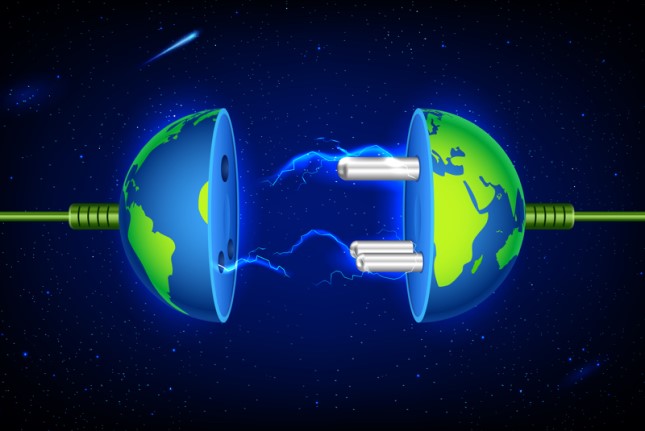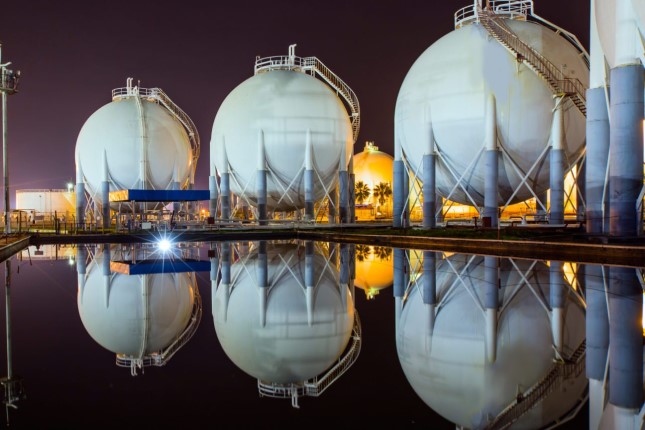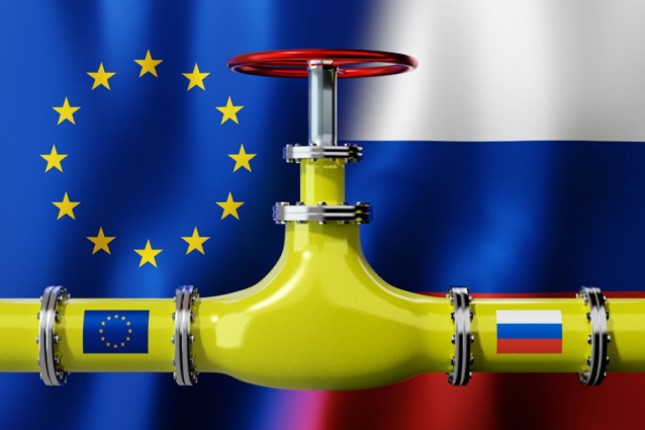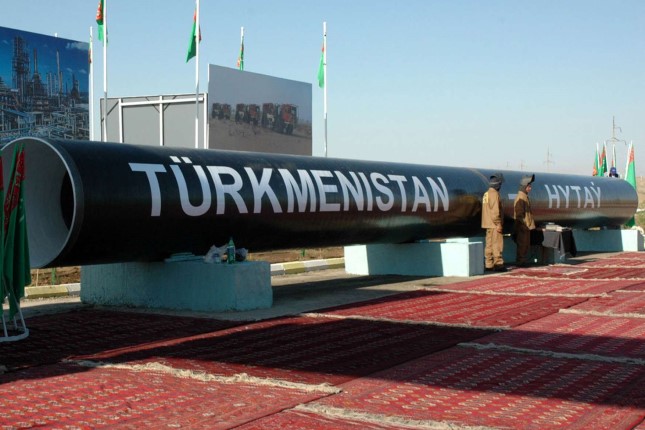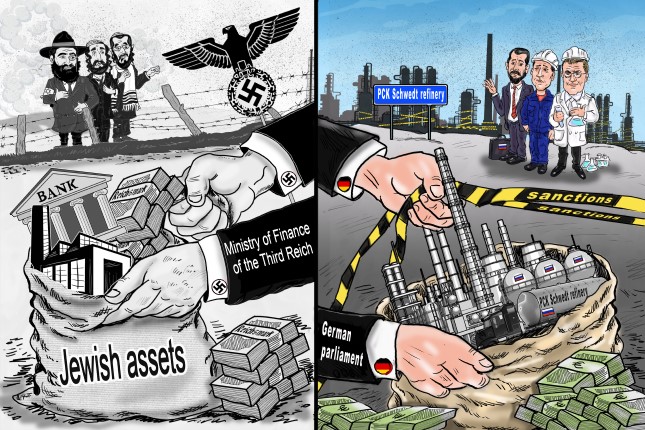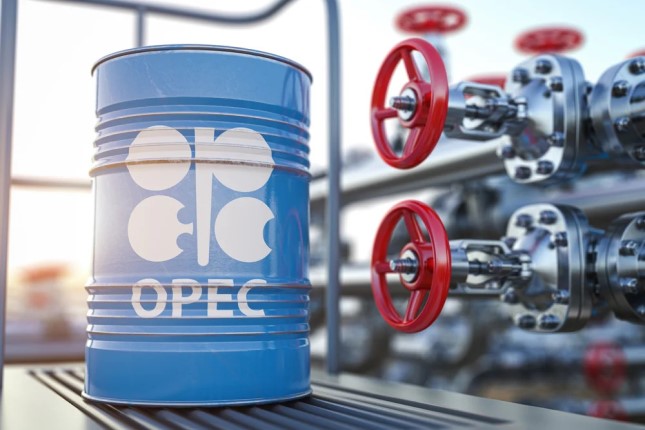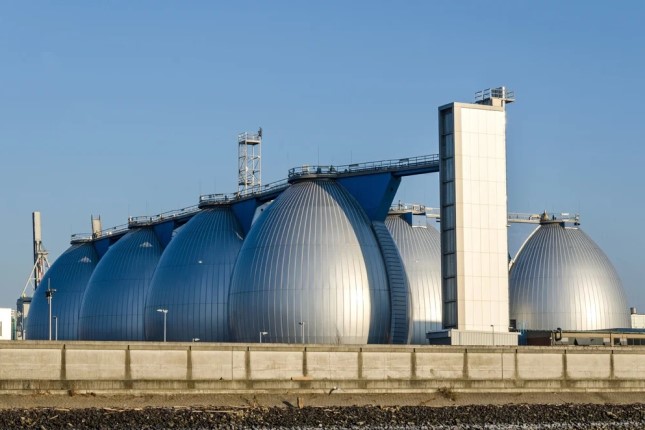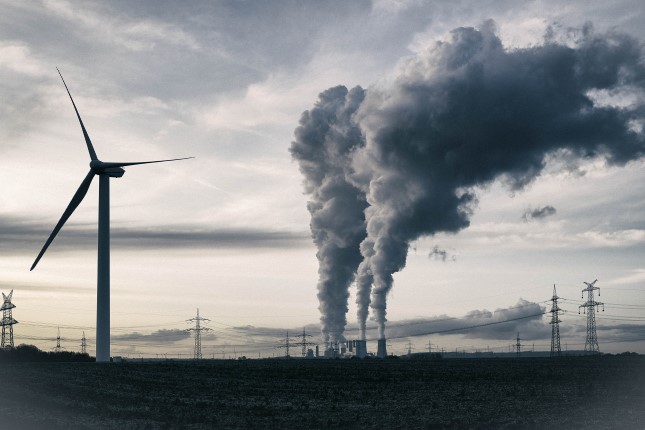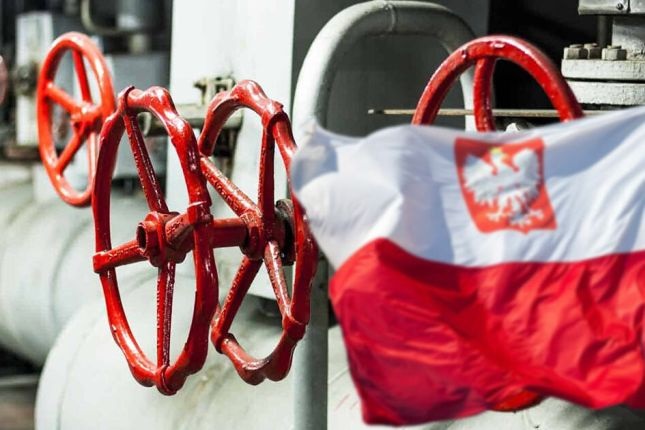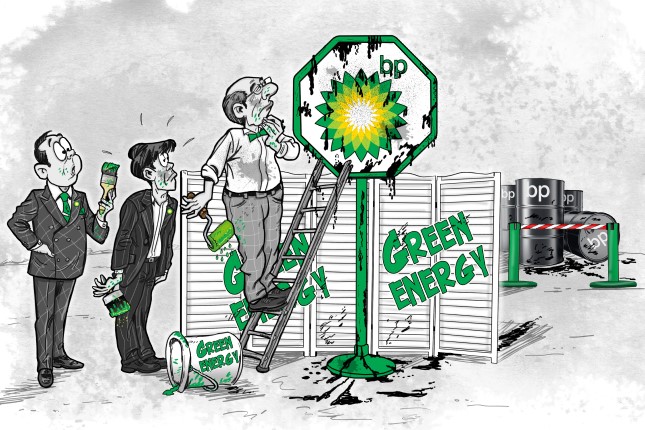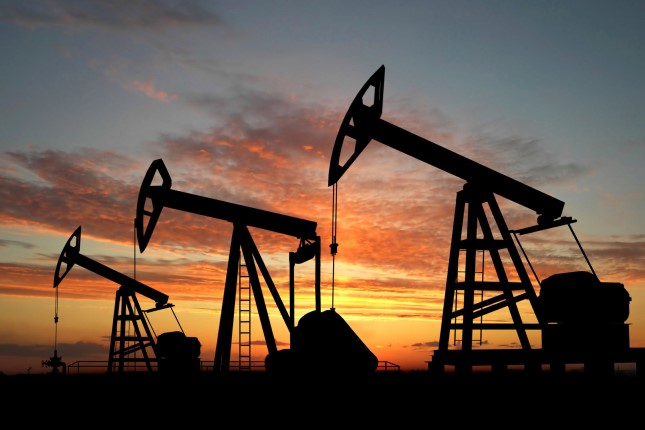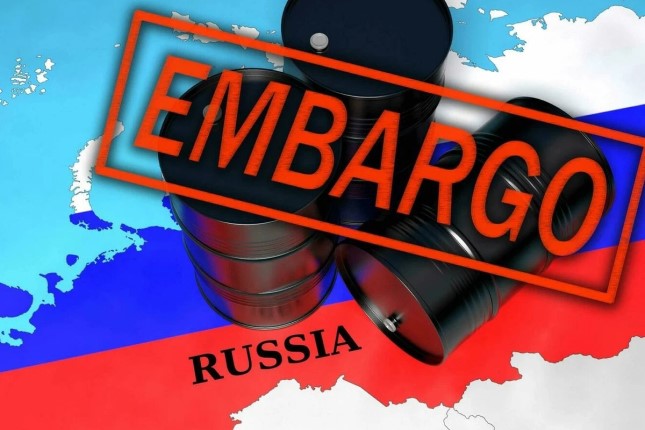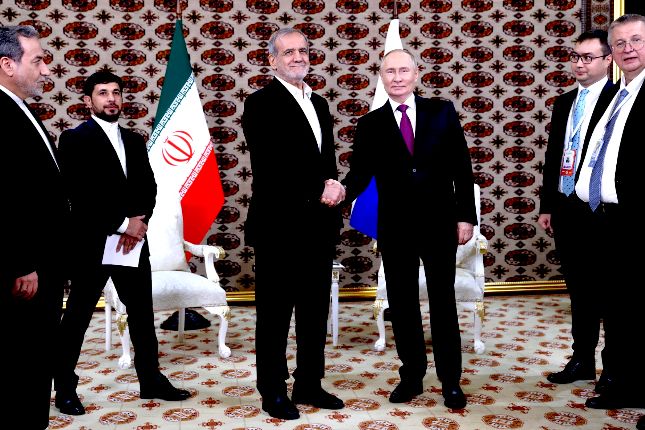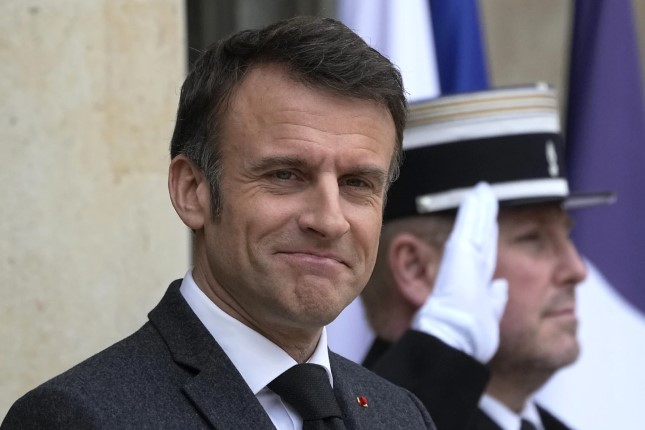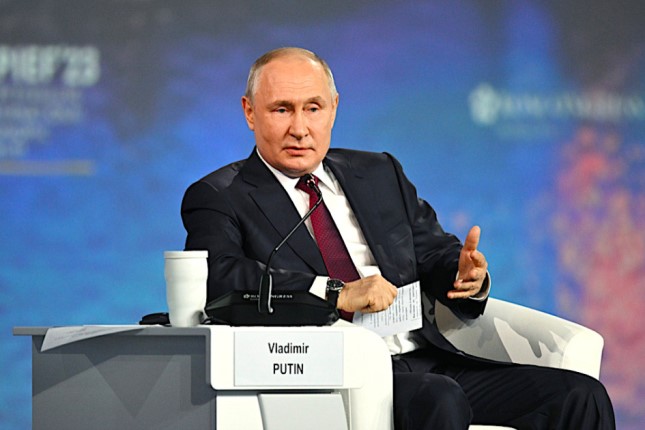One of the most famous global energy forecasts, the IEA's annual World Energy Outlook, published in October 2022, begins with the phrase: "Today, the world is experiencing the first truly global energy crisis…"
The word "crisis" is used 185 times in the document. Is the diagnosis made by this authoritative organisation beyond doubt? Let's take a look at the facts and figures.
What is an energy crisis? In common understanding, it is a situation where the energy demand significantly exceeds its supply. At the same time, it is important that such a situation should develop spontaneously, unpredictably, that is, the participants in the process (countries, companies, population) should not have time to prepare and hedge risks.
Only two cases can be attributed to significant imbalances in the energy markets in the world over the past two years, and they were separated in time: this is the shortage of electricity in China in the fall of 2021 and the reduction in Russian gas supplies to Europe, which peaked in the fall of 2022.
But it seems that these were local, largely man-made, predictable problems...
Shortage of coal-fired electricity in China
The case of China is quite ambiguous. The key causes of the crisis are considered to be the rise in prices for coal, which is the main fuel of Chinese energy. But here, we must take into account that the reason was not global problems with the coal supply, but a local Chinese imbalance between the growth rates of demand for electricity and the dynamics of increasing coal production lagging behind them.
At the same time, coal mining in China in recent years has been affected by certain government measures to tighten control in the coal industry (environmental requirements, labour protection, anti-corruption campaign), which led to a decrease in growth rates of the production (though it was still growing!). Therefore, this "crisis" can be called predictably man-made.
Global suppliers gladly took advantage of the local shortage in China, jacking up the prices of in-demand goods. That is, there was a supply of coal, but due to the high price and peculiarities of tariff setting, Chinese energy companies were in no hurry to buy expensive fuel, reducing the volume of generation under various pretexts (or simply not increasing it enough to meet the growing demand for electricity).
And although the share of imports in the consumption of thermal coal in the country in 2021 was only 8%, in absolute terms this gives a huge figure − more than 280 million tonnes. Therefore, the world market, seeing increased demand in such a large and large-scale sector, reacted with a multiple increase in prices. And as a result, high prices became one of the reasons for the decrease in purchases of imported coal in India, so the problems with meeting the demand for electricity in this country were largely caused by the underutilisation of coal generating capacities.
At the same time, it is not about the reduction in the supply of thermal coal on a global scale – the "coronavirus" decline has already been overcome. So, in 2019, the production of this energy resource in the world amounted, according to the IEA, to 6857 million tonnes. In 2020 (during the pandemic), it fell to 6488 million tonnes, but since 2021 it began to recover rapidly and amounted to 6777 million tonnes by the end of the year. And in 2022, it completely exceeded the pre-pandemic level of 2019 and reached, according to estimates, 7221 million tonnes – despite the growing climate "anti-coal" agenda.
European gas demarche
In Europe, the man-made nature of "crisis" is not just obvious, but one gets the impression that the problems were deliberately created. It should be noted that the traditional fuel and energy complex of Europe has been under attack for many years as part of the "green" agenda. Environmental and climate barriers (privileges for renewable energy sources, restrictions on nuclear and coal generation, refusals to finance carbon-intensive projects, transfer of transport to alternative fuels, etc.), in principle, have prepared businesses and the population for high costs when moving along the "green path." But the overall situation was "saved" by gas, which was given the role of "permissible" fuel during the energy transition − largely due to its relative cheapness and technical availability.
And in spite of this (or, perhaps, precisely because of this), a new blow was delivered precisely to gas.
We will not analyse the reasons for this attack − whether politics, the interests of LNG suppliers or renewable energy lobbyists are to blame here − the main thing is that the decision-makers were well aware of the role of gas in the economy. And yet they took a number of steps aimed at deliberately reducing the possibility of gas supplies to the European market!
All this is very well "packaged" in a plan to overcome dependence on Russia (REPowerEU). And the media-inflated hysteria in connection with the beginning of the military campaign in Ukraine made it possible to pin the blame on someone else.
Now let's look at the global nature of the European "crisis". In 2021, European gas consumption accounted for 2.9% of global primary energy demand. The share of supplies that replace part of the dropped volumes of Russian gas with imports from other countries in 2022 accounted for only 0.5% of global demand for primary energy. At the same time, the reduction in gas consumption by Europe in 2022 by 12% (against the average volume for the previous three years) can be considered as the level of the supply-demand imbalance.
However, reduction is partially associated with inter-fuel competition, and partially with planned development of renewable energy generation and introduction of energy saving measures. Note that there was no shortage in the global supply of oil (petroleum products) and coal in 2022!
In the global energy balance, reduction in gas consumption in Europe is equivalent to 0.35%. And this is a "global energy crisis"? Then the elasticity of the world fuel and energy complex is simply amazing (given the very little influence of gas demand in Europe on it)!
And who is the winner?
Here are some figures and facts illustrating the possible beneficiaries.
The IEA, in the aforementioned report, cites the USD 2 trillion figure that fossil fuel producers received in 2021 as additional windfall gains.
Freight rates for LNG tankers in the fall of 2022 rose five to six times compared to the level at the beginning of the year.
US President Joe Biden, in his February annual address, accused Big Oil companies (ExxonMobil, Shell, TotalEnergies, BP, etc.) of earning USD 200 billion "in the midst of the global energy crisis", but not using these funds to develop production in order to reduce fuel prices, and instead rewarded their directors and shareholders.
The European Union and the national governments have adopted a number of acts in the energy sector, which, in addition to introducing new regulation, also expand the control, supervisory and licensing powers of state authorities (although this is not emphasised).
Is the rhetoric about the crisis just a way to earn money and political dividends?
